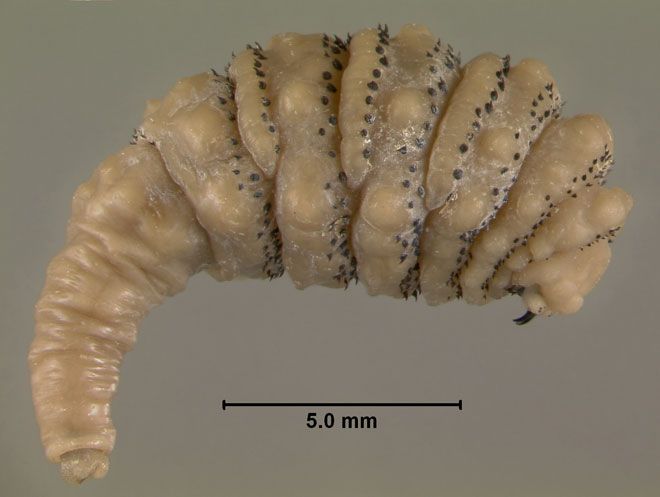
The human botfly, Dermatobia hominis, is a parasite to humans and a wide range of animals. Native to South and Central America, the adult botfly captures a mosquito and attaches its eggs to the mosquito's body, and then lets go. While the mosquito is feeding, the botfly larvae use the area of the mosquito bite as an entry point to a better host.
Then, the larva uses its hooked mouthparts to dig into the host's flesh; there, "the larvae breathe through two posterior spiracles, which lie flush with the skin of the host," according to the University of Florida. The larva's burrowing also keeps the host from properly healing the wound. It stays inside the host for three months, feeding on tissue where it can grow to be an inch long. When the larva is ready, it widens the breathing hole and comes out.
Follow LiveScience @livescience, Facebook & Google+.
Sign up for the Live Science daily newsletter now
Get the world’s most fascinating discoveries delivered straight to your inbox.












